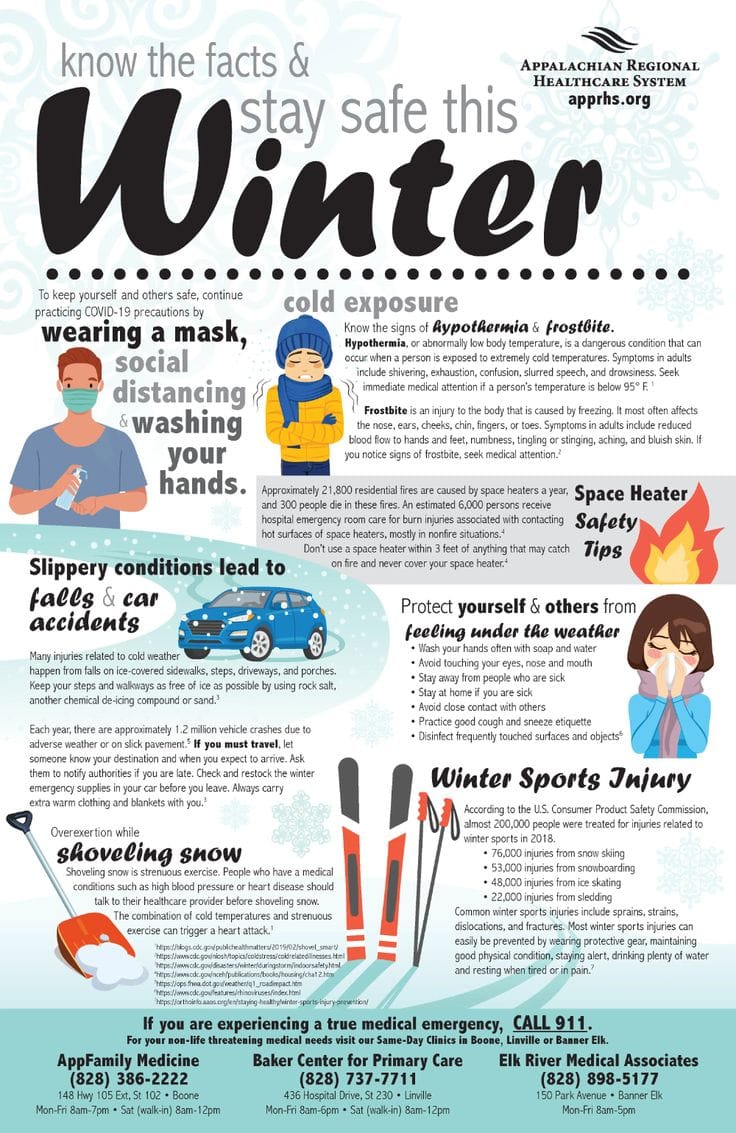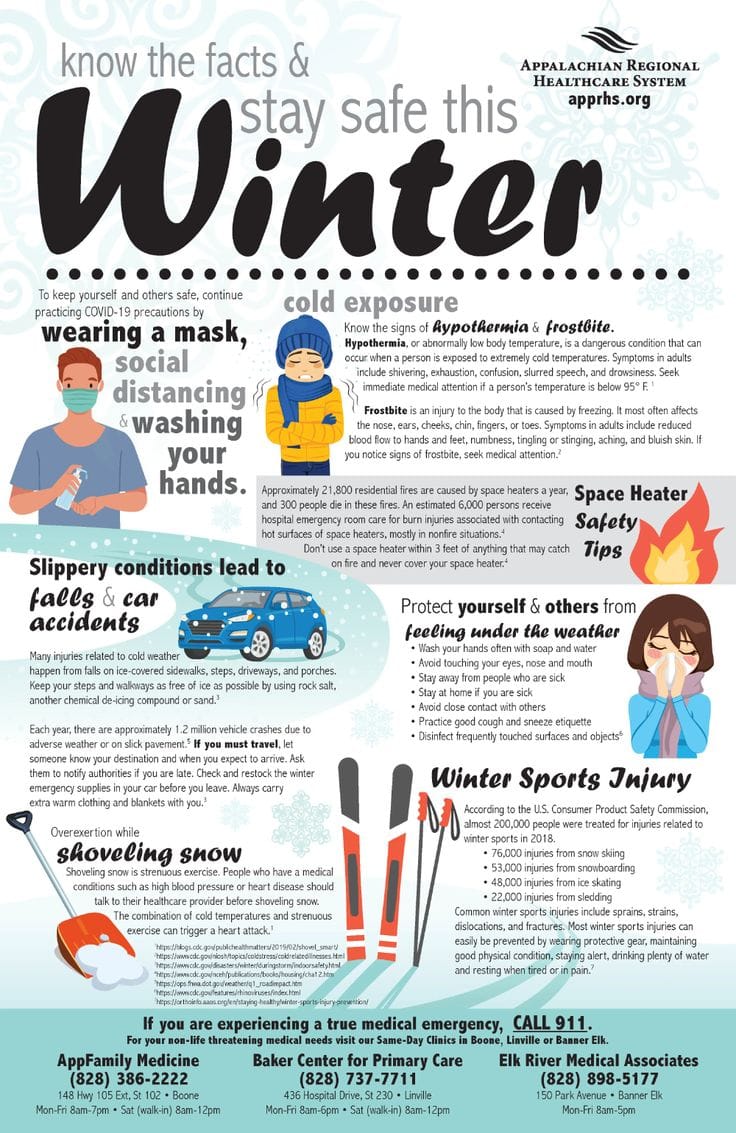The anticipated rise in norovirus cases during 2025 is a matter of concern for public health organizations worldwide. Norovirus, commonly known as the “stomach flu,” is a highly contagious virus that causes acute gastroenteritis, characterized by symptoms such as nausea, vomiting, diarrhea, and stomach cramping. While generally not life-threatening, it can be particularly dangerous for vulnerable populations, including young children, the elderly, and individuals with compromised immune systems. The virus spreads easily through contaminated food and water, person-to-person contact, and contact with contaminated surfaces.
Epidemiological models and historical data analysis have indicated a likely increase in norovirus cases in the coming year. These projections are based on various factors, including the cyclical nature of norovirus outbreaks, variations in viral strains, and shifts in population immunity. It is important to recognize that these are predictions and not definitive outcomes. However, the current information suggests that an upswing in cases is a plausible scenario, necessitating proactive measures. The predicted rise is not confined to any specific region and is anticipated to be a global trend, albeit with varying levels of intensity across different geographical areas.
Understanding Norovirus Transmission
Norovirus is known for its ability to spread quickly within communities and in settings such as schools, hospitals, nursing homes, and cruise ships. The virus is extremely resilient and can survive on surfaces for extended periods. This durability, coupled with the low infectious dose required to cause illness, contributes to its ease of transmission. Even a small number of virus particles can be enough to trigger an infection, making meticulous hygiene practices paramount. The virus is easily spread through the fecal-oral route, either directly or indirectly. For instance, an infected individual may contaminate their hands after using the restroom and then transfer the virus to food or surfaces that others touch. The virus can also be found in vomit, further adding to the ease with which it can spread.
Preventative Measures
In light of the projected increase in cases, public health agencies are stressing the importance of preventative measures. The most effective way to mitigate the spread of norovirus is through good hand hygiene. Individuals are advised to wash their hands frequently with soap and water for at least 20 seconds, particularly after using the restroom, before preparing food, and after touching potentially contaminated surfaces. Hand sanitizers containing at least 60% alcohol can also be used when soap and water are not available, although they are less effective against norovirus than handwashing. Thorough cleaning and disinfection of surfaces, especially in high-traffic areas and shared spaces, is also critical. This includes regularly disinfecting doorknobs, light switches, countertops, and bathroom fixtures.
Food safety practices are another cornerstone of preventing norovirus infections. Food handlers must adhere to strict hygiene protocols, ensuring that they wash their hands diligently and use appropriate protective equipment. Food should be cooked to the proper temperatures and stored correctly to prevent contamination. Raw produce should be washed thoroughly before consumption. Those experiencing symptoms of norovirus infection should also refrain from food handling and consider taking time off from work or school until they have been symptom-free for at least 48 hours to prevent transmission. Additionally, those who have symptoms should avoid sharing dishes, utensils, and other personal items.
Symptom Recognition and Management
Early recognition of norovirus symptoms is important for managing infections effectively and preventing further spread. Common signs and symptoms include nausea, vomiting, diarrhea, and abdominal cramps. Some individuals may also experience mild fever, headache, or body aches. It is important to stay hydrated by drinking plenty of fluids, such as water, clear broths, or electrolyte solutions to prevent dehydration. Over-the-counter anti-diarrheal medications can be used to manage diarrhea symptoms but should be taken according to the instructions on the label. Rest and proper nutrition are essential for recovery. Individuals with severe symptoms or underlying health conditions should seek medical attention to ensure proper care and management of potential complications.
Monitoring and Response
Public health organizations will continue to monitor norovirus trends through surveillance systems that track reported cases and outbreaks. Data collected from these systems will be analyzed to better understand the virus’s patterns and potential risk factors. This information will be instrumental in developing more effective mitigation strategies and in providing targeted interventions. Furthermore, research will continue to focus on understanding the complex dynamics of norovirus, including the evolution of viral strains and their impact on immunity. This research is vital for developing novel prevention and control measures, such as more effective vaccines and antiviral treatments.
The projected rise in norovirus cases highlights the ongoing importance of public health measures and individual responsibility in preventing the spread of infectious diseases. By taking preventative measures and seeking timely care when symptoms arise, communities can reduce the impact of norovirus outbreaks. It is a shared responsibility to maintain a healthy environment and reduce the risks posed by these highly contagious pathogens. Education and awareness are key in empowering individuals to take the necessary precautions and to collectively mitigate the burden of infectious diseases. Public health campaigns are expected to increase in the coming months to ensure individuals are aware of the potential risks and the steps they can take to avoid norovirus infection. A united front in maintaining health standards is crucial for a healthy society.



